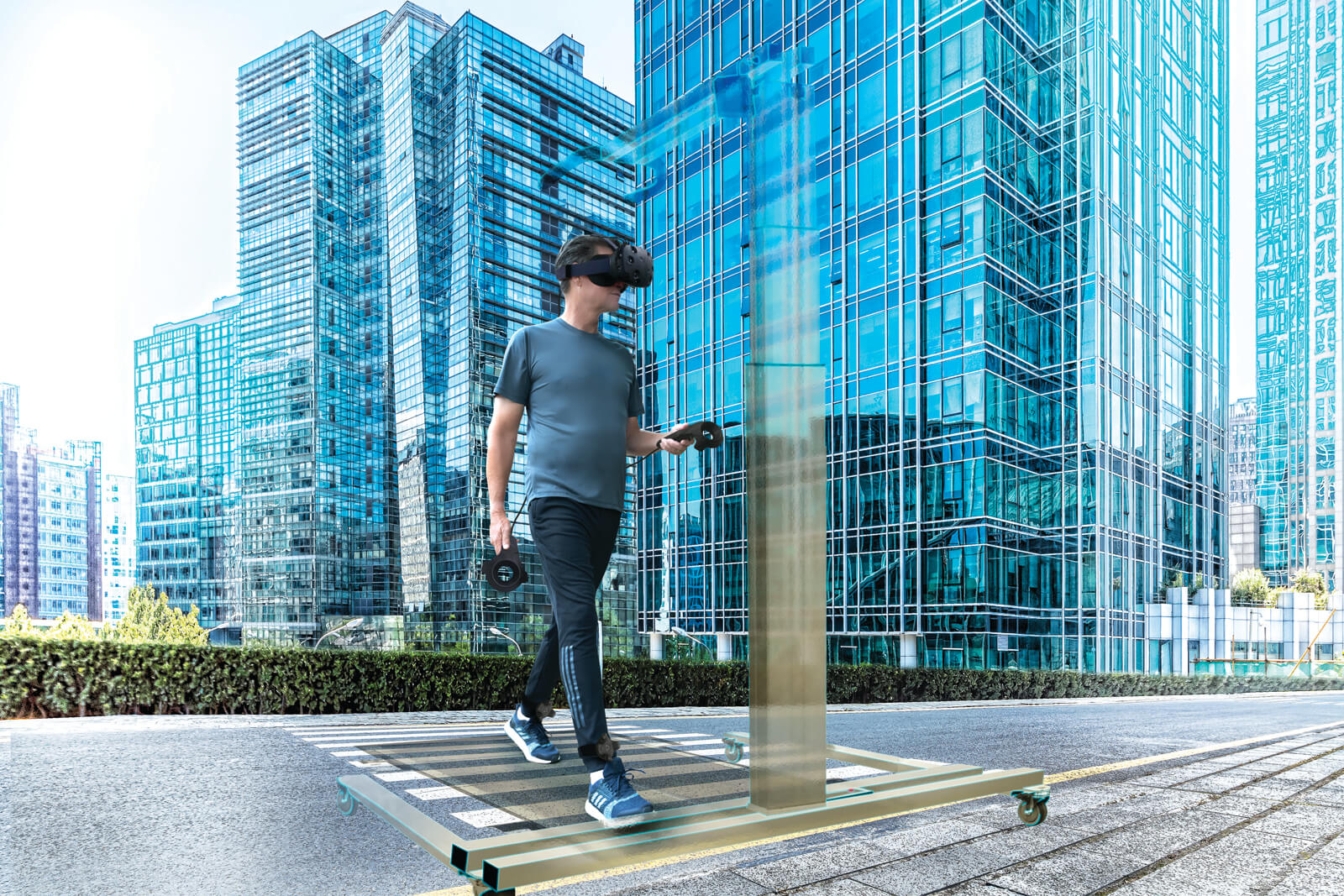VR Game Allows Parkinson’s Patients To Move And Feel In Virtual Worlds
Overcome.
That is the name of a group of USC Viterbi School of Engineering students envisioned when they started developing a virtual reality game for over 10 million people worldwide living with Parkinson’s disease. Many of these patients’ mobility is impacted to that where walking is no longer possible.
Symptoms such as stiffness, uncontrollable shaking and gait and balance problems are the first warning signs. According to the Parkinson’s Outcomes Project, the largest ever clinical study of the disease done by the Parkinson’s Foundation, 71 percent of people living with Parkinson’s for at least 10 years experience falls. The serious injuries caused by falls, particularly in older patients, can lead to disability, social isolation and even nursing home placement.
Traditional physical therapies have centered around strength training, stretching and movement practice in a controlled hospital environment. In VR, however, individuals would practice walking in built environments that look and feel very much like their own communities.
“We wanted to keep the environment realistic in terms of design, appearance and feedback,” said Adim Abbas, a USC Viterbi master’s student in the Department of Computer Science.
How It Works
Patients get to roam a modern city as they walk on a treadmill while avoiding obstacles that are randomly generated on sidewalks. The game has a day mode, which includes a combination of realistic assets including roads, props, pavements, buildings, skies and cars, and a night mode that is currently being developed.
One of the main challenges presented by VR is that it provides an immersive experience but lacks the physical sensation. The team introduced a haptic feedback component where patients feel a vibration when they run into an obstacle.
“Our goal was to help Parkinson’s patients experience some real feedback during the training,” said Naghmeh Zamani, a USC Viterbi Ph.D. student studying robotics. “Different studies have shown that if they work out daily for an hour over a period of three months, Parkinson’s patients can see progress. Introducing haptics and tactile senses into the experience increases their engagement.”
Engineering+
Living in an era of interdisciplinarity, which USC Viterbi Dean Yannis C. Yortsos coined as “the Engineering+ era,” allows USC Viterbi students to use their engineering, innovation, and design skills to address challenges in other fields. Presented with this project as part of the Augmented, Virtual and Mixed Reality course offered at USC Viterbi, Abbas and Zamani immediately jumped on board.
Indeed, enhancing virtual reality is one of the 14 Grand Challenges for engineering set forth by the National Academy of Engineering.
“In this class, I learned a lot not only about developing VR games but also about Parkinson’s disease and how people suffering from it cope every day,” Abbas said. “This is another motivation. It’s why I’m studying engineering.”
VR in Health Care
“Overcome” is part of a bigger project led by James Finley, an assistant professor of biokinesiology and biomedical engineering and director of the Locomotor Control Lab at the USC Division of Biokinesiology and Physical Therapy.
Finley’s project, funded by the National Institutes of Health, aims to develop virtual reality as a technique to enhance physical training and improve engagement in the context of rehabilitation. It has three main aims: develop the VR application, understand the science and skill learning that comes with VR, and usability testing.
Finley explains that using VR as a tool helps introduce and expose Parkinson’s patients to real-world challenges in a safe and controlled environment. It provides graded exposure to obstacles and an engaging and fun approach to physical therapy and tracks their progress.
“One of the great things about this project is being able to work with these student teams from different majors — computer science, biomedical engineering, biokinesiology and physical therapy and cinematic arts,” Finley said. “We each bring unique expertise to the table, and we learn from each other.”




